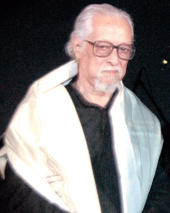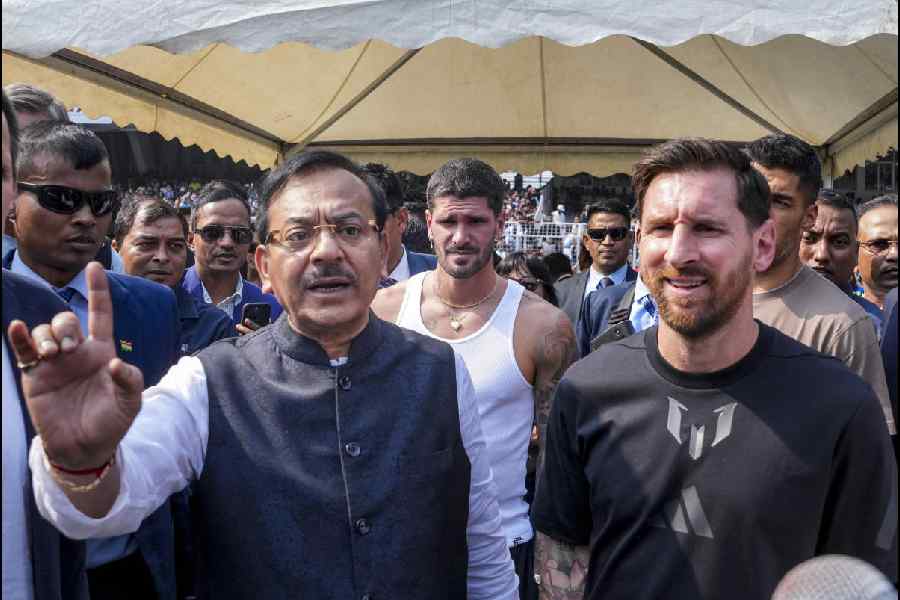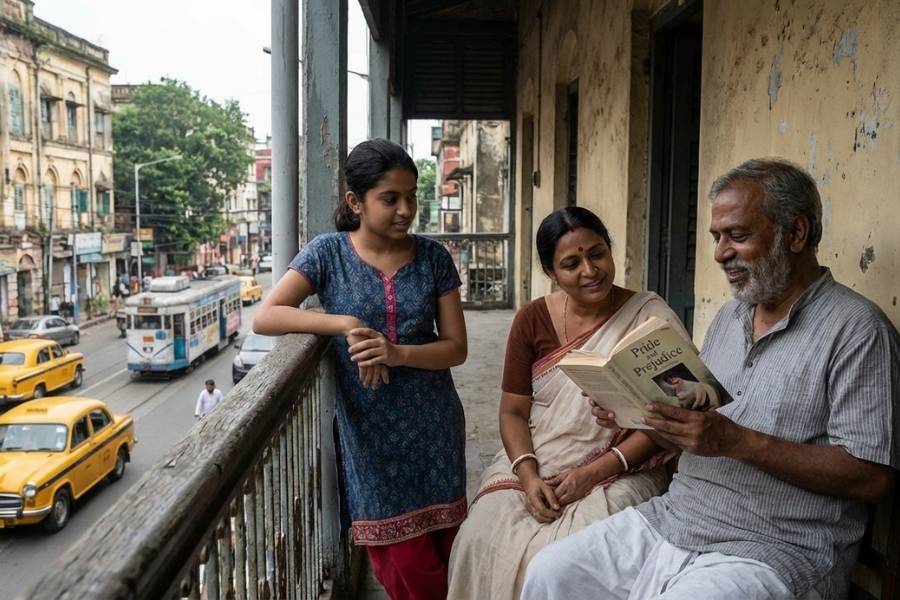 |
| Chidananda Dasgupta |
Chidananda Dasgupta, who will be remembered for his lasting contribution to the film society movement, for his extensive writings on the art of cinema and as a filmmaker, died in Calcutta after a prolonged illness on Sunday night.
As a formidable, sometimes waspish, film critic, known for his wit, and a scholar of erudition, he had placed Indian cinema on the international map with his analyses, interpretations and research.
Dasgupta was born in Shillong in 1921 to staunch Brahmo parents, who like many of their contemporaries, saw red at the mention of cinema. In an interview he had admitted that his interest lay in literature and not cinema, and he saw his first film at 21.
The comment of Cyril Connolly, the then editor of the influential literary magazine, The Horizon, that “Calcutta is a city which has no film society” spurred him, his friend Satyajit Ray, and documentary filmmaker Harisadhan Dasgupta to launch the Calcutta Film Society in 1947. Its president was Prasanta Mahalanobis and its 50 members belonged to the cream of Calcutta society.
In 1959, the Federation of Film Societies of India, which played a key role in the spread of the film society movement in India, was formed at the initiative of Dasgupta, Ray and others.
Around this time he was working with the advertising agency, D.J. Keymer & Company, and in 1955 he joined the Imperial Tobacco Company as its manager, advertising and public relations. He contributed to several major journals and magazines, including Sight and Sound. From the late 1980s to the early 1990s, he was arts editor of The Telegraph.
His major publications were Talking about Films, The Cinema of Satyajit Ray and The Painted Face: Studies in India’s popular Cinemas.
In June 1991, he was engaged in a war or words with Satyajit Ray over his criticism of Ray’s Shakha Proshakha in The Telegraph. To quote Dasgupta at his most acerbic: “It is amusing, as well as sad, to see Satyajit Ray out with his fly-swatter once more to squash any (Indian) film critic who dares raise his voice in any kind of criticism of his films.”
Besides writing on cinema and Rabindranath and Jibanananda Das (he had translated their poems) and Manik Bandhyopadhyay, Chiduda, as he was popularly known, was a prolific filmmaker as well. He had made several documentaries, notable among which is Portrait of a City (1961) on Calcutta. His two feature films were Bilet Pherot (1973) and Amodini, which he made 20 years later. His daughter, Aparna Sen, acted in both films, and his granddaughter, Konkona Sen Sharma, played a major role in the last.
Commenting on Chidananda Dasgupta, Moinak Biswas, an associate professor of film studies at Jadavpur University, said his major contribution was the creation of the taste and an audience for the new Indian cinema, and, on the other hand, analyses of films that reflected the failure of Indian modernity.
Dasgupta was among the last bilingual writers who was equally at home in English and Bengali and could switch effortlessly from art history and the performing arts to literature.











